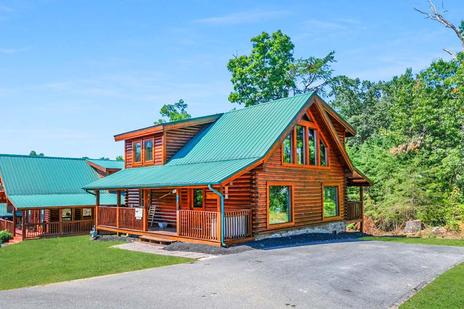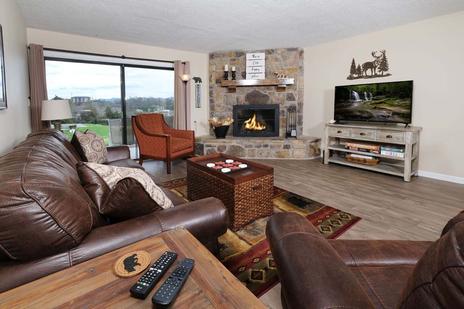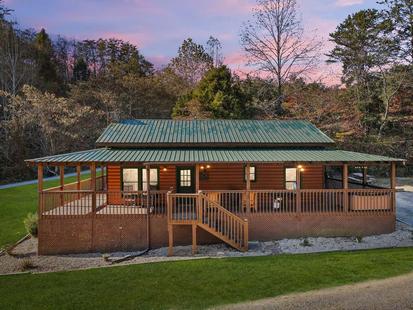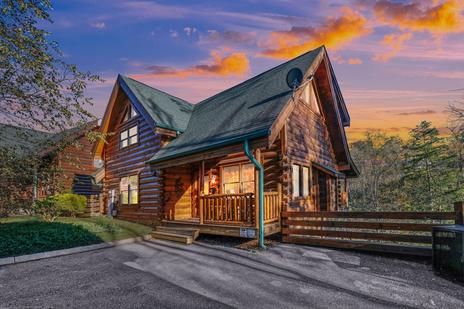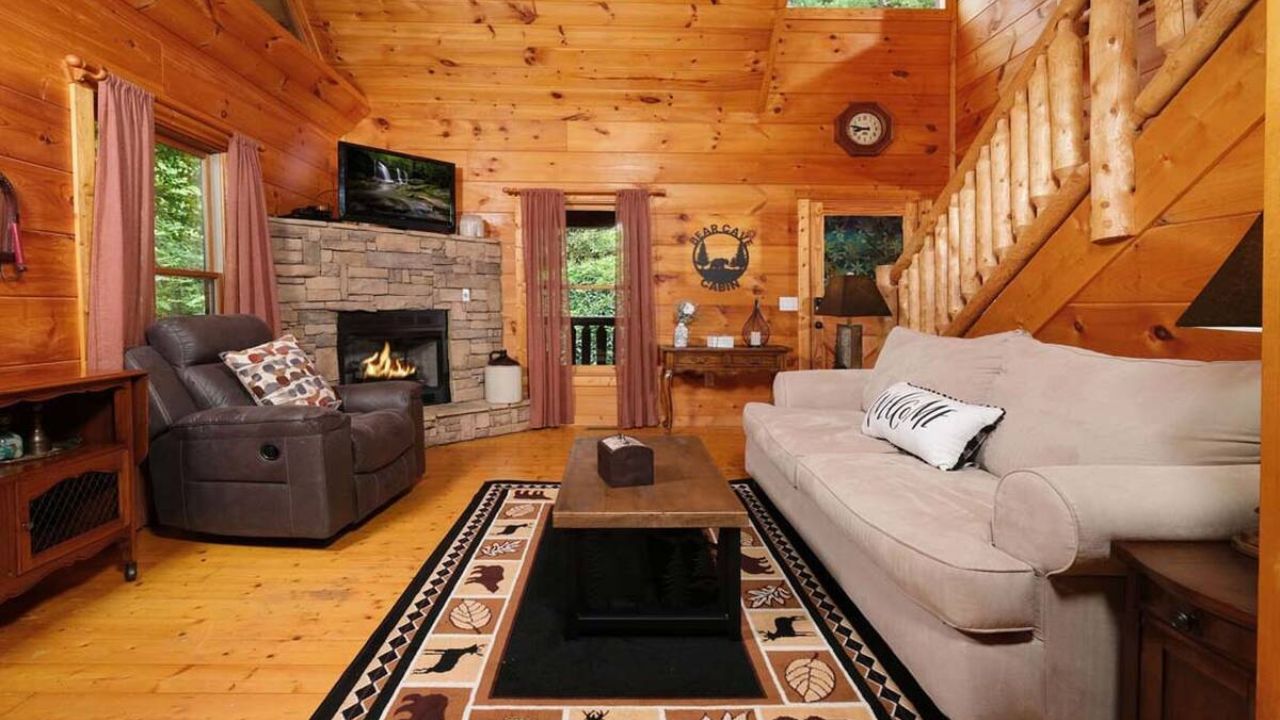What is a Good Return on a Vacation Cabin Rental
Published Jun 16, 2022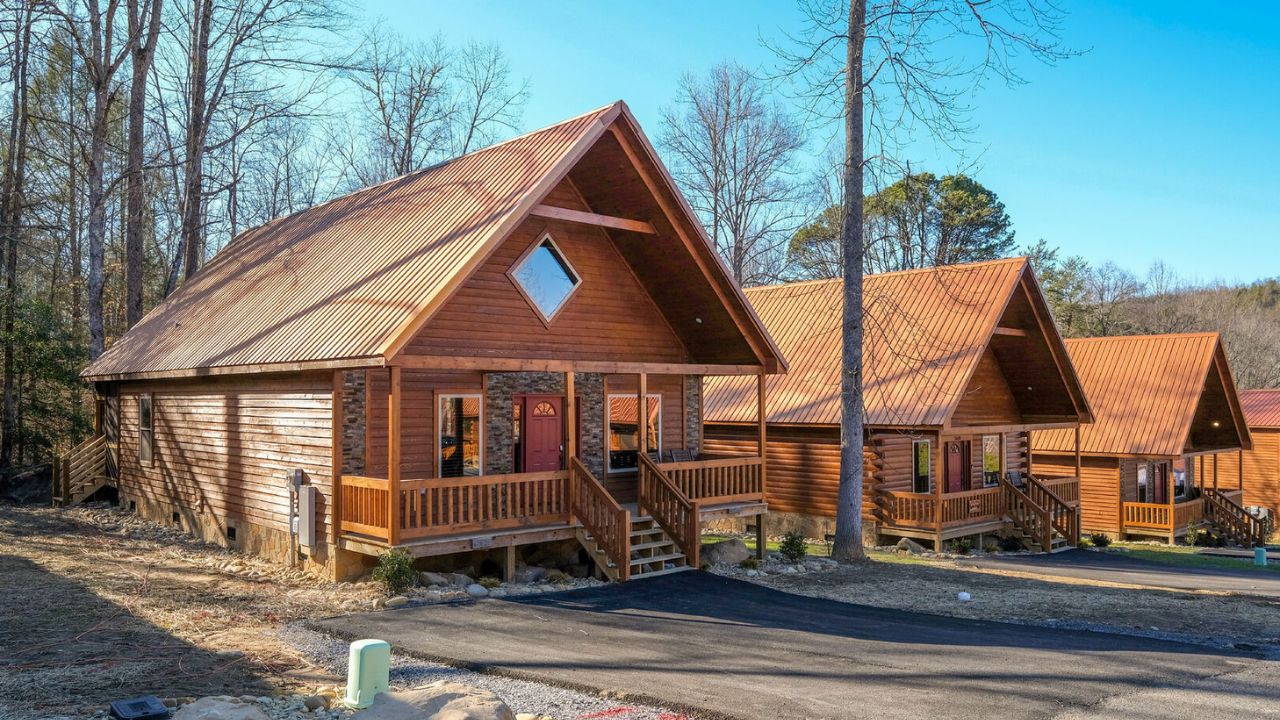
Investing in a vacation cabin rental in the serene beauty of the Smoky Mountains is an enticing prospect, but understanding what constitutes a good return on investment (ROI) is crucial for making informed decisions. At Colonial Properties, we specialize in helping Smoky Mountain vacation rental owners navigate the complexities of property ownership. In this guide, we'll delve into what defines a good ROI for a vacation cabin rental and explain why partnering with Colonial Properties for vacation rental management services can help you achieve your financial goals.
Defining Return on Investment (ROI) for Vacation Cabin Rentals:
ROI is a key metric that measures the profitability of an investment relative to its cost. When it comes to vacation cabin rentals, ROI typically encompasses both rental income and expenses to determine the net profit generated by the investment. Here's how to evaluate the ROI for your vacation cabin rental:
1. Calculate Annual Rental Income: Begin by estimating the potential annual rental income for your cabin based on factors such as occupancy rates, rental rates, and the length of the rental season. Consider market trends, demand, and comparable rental properties in the area to arrive at a realistic estimate.
2. Determine Annual Expenses: Identify and calculate all annual expenses associated with owning and operating your vacation cabin rental. This includes mortgage payments, property taxes, insurance, maintenance costs, property management fees, utilities, and any other expenses related to property ownership.
3. Subtract Expenses from Income: Once you've determined both the annual rental income and expenses, subtract the total expenses from the total income to calculate the net operating income (NOI) for your vacation cabin rental.
4. Evaluate ROI: Finally, divide the NOI by the total cost of the investment (including the purchase price, closing costs, and any renovation or improvement expenses) and multiply by 100 to calculate the ROI as a percentage.
What Constitutes a Good ROI for a Vacation Cabin Rental?
While the definition of a good ROI can vary depending on individual investment goals, market conditions, and risk tolerance, a general rule of thumb is that a ROI of 8% or higher is considered favorable for vacation cabin rentals. However, it's essential to consider other factors such as appreciation potential, tax benefits, and personal enjoyment when evaluating the overall value of your investment.
Why Partner with Colonial Properties for Vacation Rental Management:
Partnering with Colonial Properties for vacation rental management services can help you maximize your ROI and achieve greater profitability with your Smoky Mountain vacation cabin rental. Here's how:
- Maximize Rental Income: Our comprehensive marketing strategies, dynamic pricing techniques, and extensive guest outreach efforts are designed to maximize rental income and occupancy rates for your vacation cabin rental.
- Streamlined Operations: With Colonial Properties handling all aspects of property management, from marketing and guest communication to maintenance and housekeeping, you can enjoy a hands-off experience and focus on maximizing your ROI.
- Expert Guidance: Our experienced team of vacation rental experts provides personalized guidance and support to help you optimize your property's performance and profitability in the competitive vacation rental market.
Ready to achieve a good ROI and maximize profitability with your Smoky Mountain vacation cabin rental? List your vacation rental with Colonial Properties and let us handle every aspect of property management for you. With our expertise, dedication, and commitment to excellence, we'll ensure that your vacation cabin rental generates maximum income and delivers an exceptional guest experience. Don't miss out on the opportunity to achieve success as a vacation rental owner – contact Colonial Properties today and discover the benefits of partnering with the leading vacation rental manager in the Smoky Mountains!
